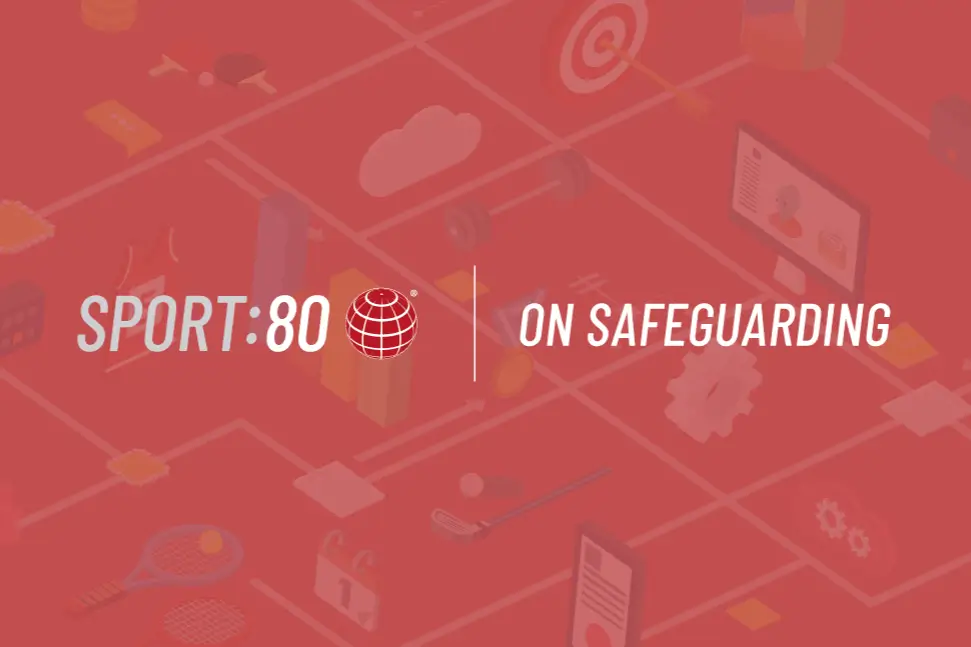An article by Sport:80 CEO, Gary Hargraves.
All officially recognised Governing Bodies of Sport in the US have adopted the US Center for SafeSport Code, as well as the Minor Athlete Abuse and Prevention Policy (MAAPP). Together they have created a minimum standard for participation in sport, with the objective of ensuring people participating in sport are protected from sexual and physical abuse and other forms of misconduct.
People in positions of authority are required to complete the US Centre for SafeSport Training annually, as well as completing a background screening every two years, whilst there is a separate campaign to educate people on how to recognise and stop abuse in sport.
One of the positive aspects of how safeguarding is being managed in the US is that the
Centre for SafeSport Training Programme has been centralised. This means, for example, if someone takes the training in lacrosse, and they also coach in archery, they can produce their certificate and not have to take the training twice.
From a technology perspective, there are multiple levels to safeguarding and SafeSport training. If you're an adult wanting to participate, whether as a volunteer or coach or administrator, there will be different training for you compared with being a youth athlete, or, for example, if you're an athlete, as well as a coach or an administrator.
In our work with Governing Bodies of Sport including USA Track & Field, USA Archery, and USA Weightlifting, we have been able to automate these safeguarding processes.
We have taken the SafeSport Code and MAAPP, identified who is required to take the training and then translated that information into our technology platform which is used by Governing Bodies and participants alike. Within the platform, we enable participants to complete what is required and we set dependencies against roles to identify the training they're required to take. And, if an individual is missing specific credentials, it will inform them and remove their status within the sport (e.g., as an accredited coach) until they come back into compliance. This also helps reduce staff time by automating the compliance processes.
Automation also improves the reporting process, helping prove individuals had the correct certification at the time that it was required and flagging upcoming deadlines and renewals.
Working with both UK and US Governing Bodies of Sport, we have observed the similarities, and importantly, the differences between how the two approach safeguarding processes. They share similar vetting processes to ensure individuals in a position of responsibility have certain credentials. For example, to be recognised as an accredited coach, someone is likely to require a Governing Body membership, background screen, coaching qualification and have completed some form of safeguarding training as a minimum.
The sometimes-fragmented nature in which these areas are managed stands as the main difference between UK and US organisations. We’ve often found that each area (membership, background screening etc.) is siloed, making it difficult to quickly understand whether an individual has all the relevant credentials in place.
Furthermore, if someone abuses their position, accessing an audit trail to check whether the required steps were taken to correctly vet the individual becomes an increasingly complex task. We have worked to solve these challenges with US Governing Bodies by centralising and automating processes.
We believe that legislation is needed to drive change and lead to the unification of the various certifications which are required to fully automate the process, as in the US. The sector should be continually assessed, and a real-time safeguarding training and background screening service needs to be in place so that potential offenders are identified at the earliest opportunity, and not just when their background screen or safeguarding training requires renewal.
In the United States, there's also something called a centralised disciplinary database, and that's really where people who have been sanctioned or banned from sport across the board are flagged.
We are aiming to be able to develop an integration with that database, so that when someone signs up as a member with one sport, we can check whether they are trying to come from another sport that has already told them they can't participate. Although that's still a manual process, it’s definitely an area where technology could step in.
